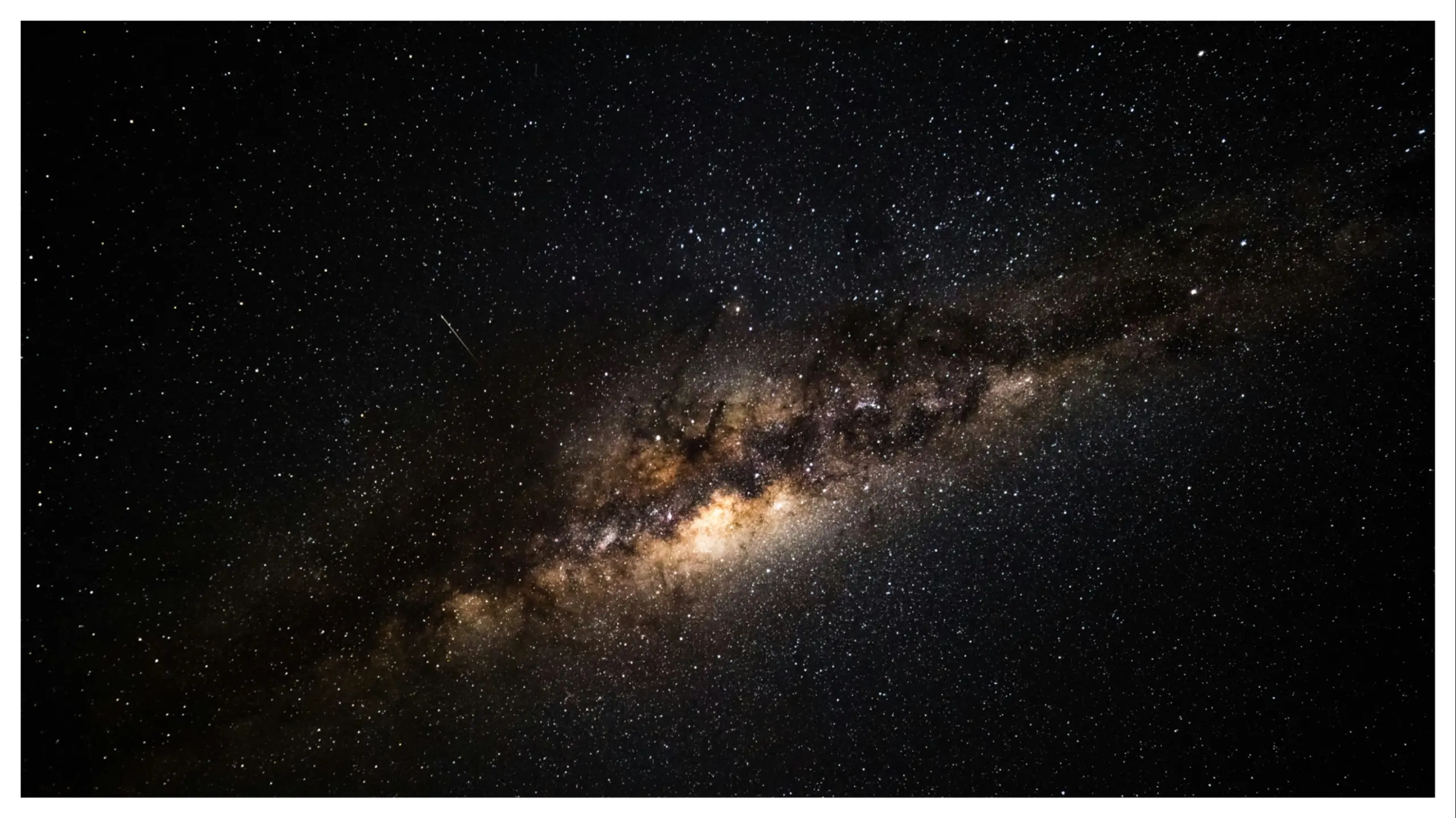Scientists recreate the universe’s first molecules and reveal new clues about the early cosmos
-
 Image vis Unsplash
Image vis UnsplashThe history of the universe always feels hard to fathom. After the Big Bang, it is believed that the universe was filled with hot gas and light. Eventually, matter started to cool down, and the first atoms and molecules were formed. Those first molecules made everything that followed possible - stars, galaxies, and ultimately life.
Just recently, a team of researchers successfully produced the first molecules that are believed to have existed in the universe in a laboratory. They were then able to observe the behavior of these molecules and how they were formed in the very early universe.
The findings of their research may have implications for our understanding of the formation of stars and the development of the universe billions of years ago.
How scientists recreated the first molecules that appeared after the Big Bang
Scientists just recreated the #Universe’s #first #molecule and solved a 13-billion-year-old #puzzle
— Tali (@talius) August 13, 2025
Scientists have now recreated #helium #hydride, and discovered it played a much bigger role in the birth of stars than we thought... https://t.co/V167uNDd5T pic.twitter.com/3WNKagLpVN
Astronomers believe that the first type of molecule in the universe was helium hydride. It formed when helium was made after the Big Bang about 13.8 billion years ago, and bonded with protons during this time of cooling. Importantly, this molecule was pivotal because it was an essential factor in the universe, evolving from a sea of light and particles to a locale for potential star formation.
The study recreated the unique atomic structure of helium hydride in the lab using sophisticated lab equipment. They recreated the same environment as the newly formed universe with high temperatures and gaseous compositions. Reproducing a molecule in the lab is no slight feat. It requires high-precision tools to capture the reaction that occurred in fractions of a second, including measurements made along the way.
By recreating helium hydride in the lab, the researchers were able to observe directly how the helium hydride complexed with other particles. The experiments presented details that advanced telescopes could not replicate or detect.
Observations from space had extended the prospects of helium hydride having certain attributes, but recreating these interactions on Earth is critical to testing the theories behind helium hydride.
Why recreating these early molecules helps us understand the universe better
The study of helium hydride matters because it was the first step in the chemistry of the universe. Once helium hydride formed, it led to more complex molecules, including hydrogen molecules that made the first stars possible. Without this first bond, galaxies and planets would never have formed.
By recreating helium hydride, scientists can see how these molecules helped the early universe cool down. Cooling was important because it allowed gas clouds to collapse and create stars. Without these molecules, the universe would have stayed too hot for stars to form.
This discovery also helps check and improve computer models of the early universe. For many years, scientists relied on theories about how matter formed after the Big Bang.
With real lab evidence now, those ideas can be tested more accurately. Some results even challenge old assumptions, showing that our understanding of the early universe is still changing.
What this means for the study of space and the early cosmos
In a first, scientists have recreated the formation of the first ever molecules in the universe to learn more about early star formation. https://t.co/LmApbDaky0
— SPACE.com (@SPACEdotcom) August 16, 2025The ability to recreate helium hydride does not just answer old questions. It opens new ones about how matter developed into the complex universe we see today. Scientists can now use similar methods to study other molecules that may have formed shortly after the Big Bang.
It also shows the connection between lab science and astronomy. Telescopes can look deep into space, but recreating cosmic conditions on Earth gives different insights. Together, they help build a clearer picture of how the universe changed from a hot cloud of gas into stars, galaxies, and planets.
This study also reminds us of how fragile our comprehension of the universe still is. As we discover more details, new questions arise. The recreated molecules provide evidence that the early universe may have cooled differently than we initially assumed, which could alter the scientists' understanding of the timelines of star formation and galaxy development.
The recreation of helium hydride, the first molecule in the universe, is an exciting breakthrough in our understanding of the early universe. By recreating conditions billions of years ago, scientists are beginning to put together a picture of how matter transitioned to the things we now see in the night skies above.
Stay tuned for more updates as researchers continue to study the early cosmos.